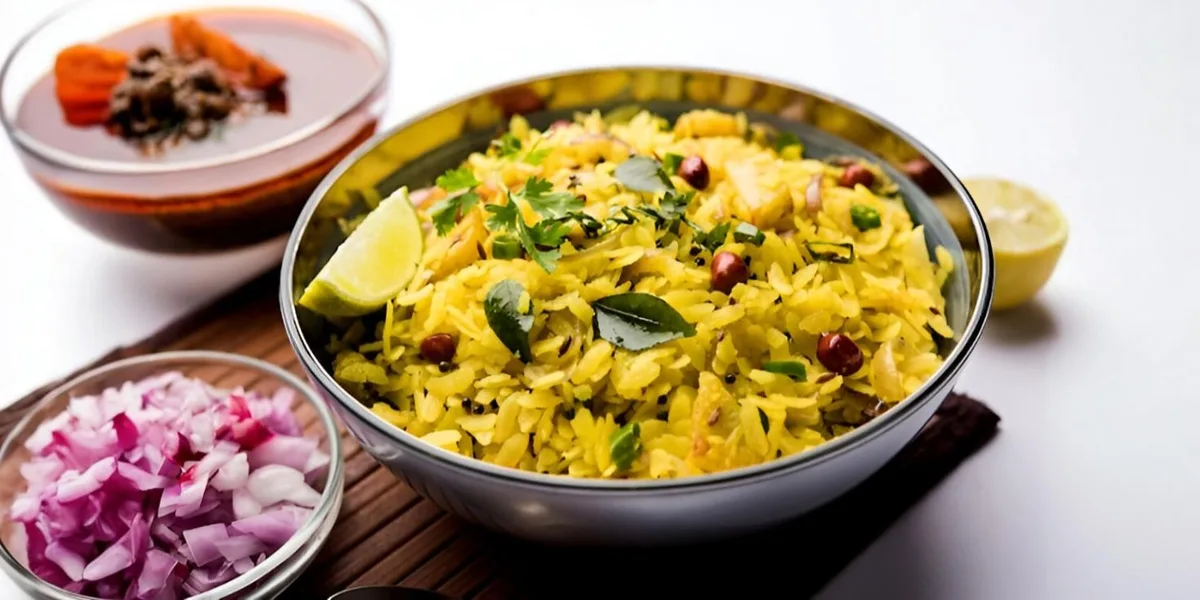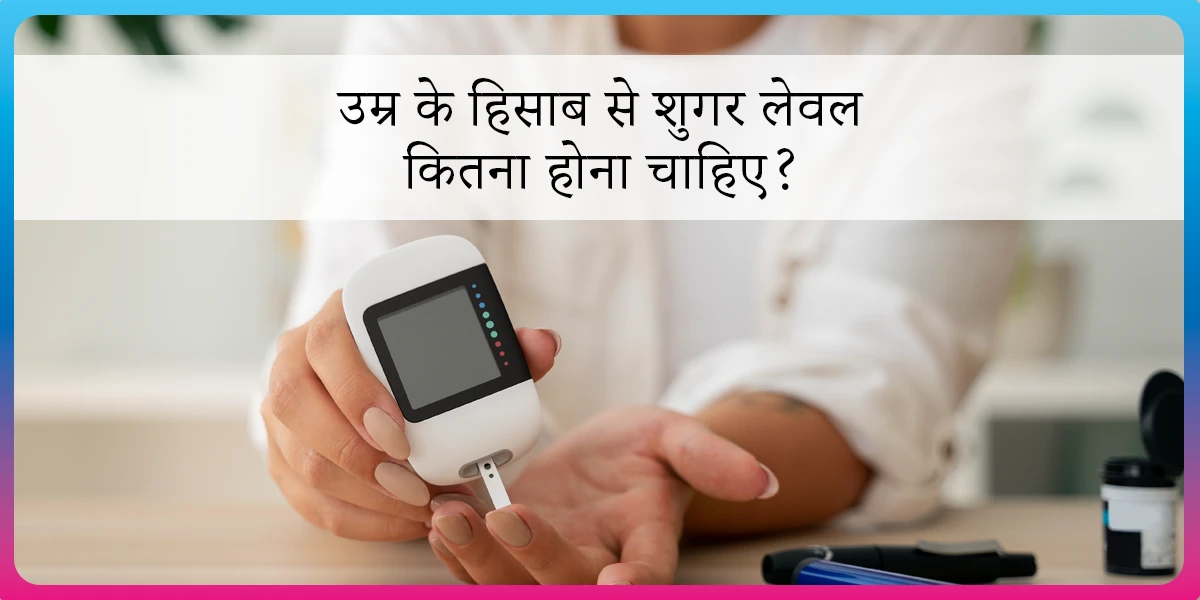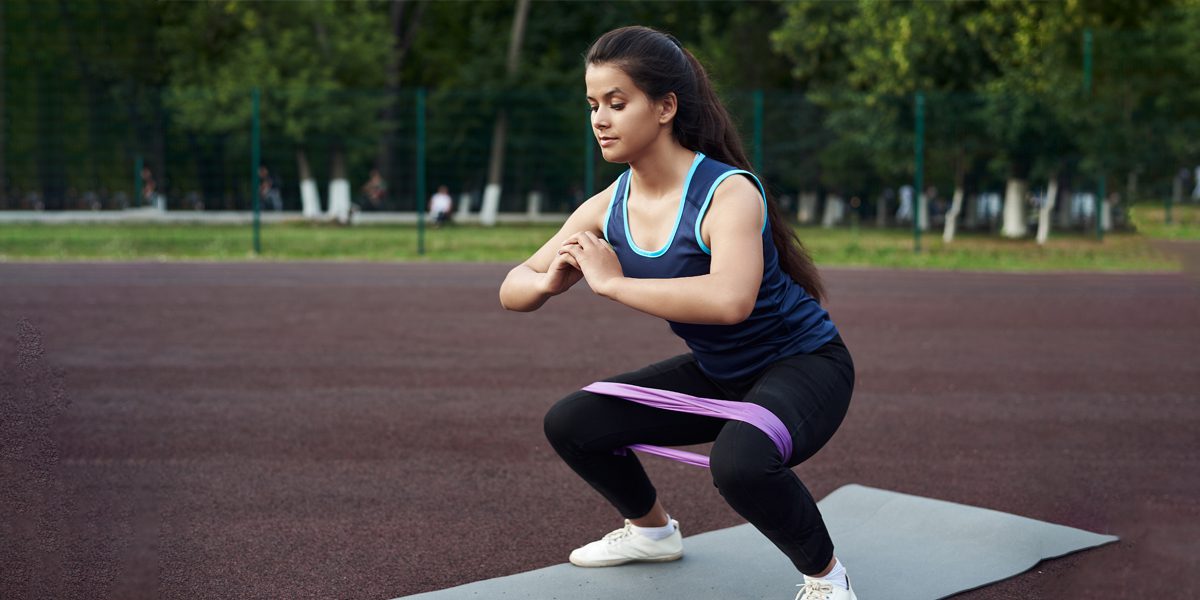Is Poha Good for Diabetes?

For many, poha isn’t just breakfast – it’s a tradition, a comfort food, and a part of everyday life. From the steaming hot Kanda Poha of Maharashtra to the tangy Indori Poha, or the Aval Upma & Gojju Avalakki from the south or the Goan style Dhayanche Fov, this humble dish has found its way into every corner of India. It feels light and is easy to prepare.
But if you have diabetes, is poha really a smart choice, or does it spike blood sugar too quickly? While it may seem harmless, traditional poha is mostly carbs, and when made with white poha and potatoes, it can cause sharp sugar spikes.
As health concerns rise and diets evolve, one big question remains – is poha still a good choice for people with diabetes? Can this age-old dish be adapted to fit a diabetes-friendly lifestyle?
So Many Types of Poha..
Poha, also known as flattened rice or pressed rice, is made by parboiling rice, rolling it flat, and then drying it. This process makes it light, quick to cook, and easy to digest. There are different varieties of poha:
- Jada Poha (Thick Poha) – Used in dishes like Kanda Poha, Batata Poha, Indori Poha, and Masala Poha. This variety holds its shape well and doesn’t become mushy when cooked.
- Patla Poha (Thin Poha) – Used for Chivda (dry snack), Dadpe Pohe, and soaked poha dishes. Since it is very light, it quickly absorbs moisture and doesn’t require cooking.
- Red Poha (Lal Poha) – Made from red rice, this variety is more nutritious and fiber-rich than white poha. It has a slightly nutty taste and is commonly used in healthy poha recipes for people managing diabetes and weight.
- Brown Poha – Made from brown rice, this variety retains more bran and fiber, making it a lower glycemic index (GI) alternative to white poha. It takes slightly longer to soften but is a healthier choice.
- Nylon Poha – This is a super thin and translucent version of poha, commonly used in Indori Poha and chivda snacks because of its light, crunchy texture.
- Goan Poha (Ukda Poha) – Made from parboiled rice, this variety is thicker, chewier, and more filling than regular poha. It’s often used in Konkani-style poha dishes like Phodni Poha (tempered poha).
- Black Rice Poha – A rare variety made from black rice, rich in antioxidants and fiber. It’s mainly found in parts of Northeast India and is used for health-focused dishes.
| Fun Fact!
In Maharashtra, the “Kanda Poha Program” (कांदा पोहा कार्यक्रम) is a traditional matchmaking ritual where families meet over a plate of Kanda Poha to discuss a potential marriage, making the dish a symbol of new beginnings! |
What is the Nutritional Value of Poha?
Here’s the nutritional breakdown of white poha (per 100g), based on the Indian Food Composition Tables (IFCT) 2017:
| Nutrient | Nutritional Value (Per 100 g) |
| Energy | 354 kcal |
| Carbohydrate | 77 gm |
| Protein | 7 gm |
| Total Fat | 1 gm |
| Phosphorus | 195 mg |
| Total Fiber | 4 gm |
| Potassium | 148 mg |
| Natural Sugar | 300 mg |
| Total Starch | 68 gm |
How Does Poha Affect Your Blood Sugar Levels?
- Poha is primarily made of flattened rice, which is high in carbohydrates and low in protein and fiber, making it a fast-digesting food that can spike blood sugar levels.
- Traditional Kanda Poha is especially problematic for diabetes as it contains white poha, onions, and often potatoes, adding more starch and leading to a sharper rise in blood sugar.
- Similarly, Indori Poha is made sweeter with sugar and topped with sev, making it even worse for blood sugar control.
If poha is a staple in your diet and you’re wondering how to enjoy it without spiking your blood sugar, our Nutrition Experts can help. Get a 1-on-1 consultation to learn how to balance your meals and get a personalized diet plan tailored to your needs.
What is the Best Way to Eat Poha for Diabetes?
If you are trying to manage blood sugar levels, the best way to eat poha is by making it a balanced meal with fiber, protein, and healthy fats.
✅ Choose Brown Rice Poha → Higher in fiber and nutrients than white poha.
✅ Load It with Fibre → Adds tomato, capsicum, shredded carrot to slow down sugar absorption. Do not add potatoes.
✅ Swap Farsan or Sev for Roasted Peanuts & Sprouts → Boosts protein and healthy fats.
✅ Pair It with Eggs or Curd → Provides extra protein for better blood sugar control.
| Smart Tip for Poha Lovers!
Many of our Maharashtrian members say they’d rather skip poha than add sprouts or veggies to it😁 We tell them you don’t have to! Just reduce the portion and first have a big bowl of salad, paneer, or boiled eggs. Enjoy it your way, just smarter. Happy? |
Does Poha Have Any Health Benefits?
Poha has some nutritional benefits, but its suitability – especially for people with diabetes – depends on how it is prepared and consumed. While it is easily digestible, gluten-free, and a source of quick energy, it is also high in refined carbohydrates, which can cause blood sugar spikes if not balanced with the right ingredients.
Although poha is rich in iron and has probiotic properties due to traditional processing methods, these benefits do not outweigh its impact on blood sugar when consumed in large portions or without enough protein and fiber. For people managing diabetes, it’s important to modify poha by adding vegetables and protein sources like curd or nuts, as well as limiting portion size to keep blood sugar stable.
So, while poha isn’t entirely off-limits, it needs to be consumed with careful modifications to avoid sugar spikes.
Is Brown Rice Poha Good for People with Diabetes?
Brown rice poha is a better option for people with diabetes compared to regular white poha. However, it is not the healthiest choice unless it is paired with the right ingredients.
Why?
✅ Lower Glycemic Index (GI) than White Poha → Causes a slower rise in blood sugar.
✅ Higher Fiber Content → Helps with digestion and blood sugar control.
✅ More Nutrients → Retains essential vitamins, minerals, and antioxidants.
But It’s Still High in Carbs!
| Change Your Mindset – Start with Breakfast
For years, we’ve believed that poha, masala dosa, upma, aloo paratha, luchi puri, fafda jalebi, bread butter jam are the healthiest breakfasts. And now, “WhatsApp University” and ‘so-called influencers’ keep pushing the same myth. But the truth is – these are just carb-heavy fillers, adding more sugar spikes than real nutrition. It’s time to break the cycle. A fruit, a handful of nuts, roasted chana, sprouts, adai, veggie cheela, boiled eggs, or even last night’s roti-sabzi – start seeing these as breakfast. They truly fuel your body. If you’re ready for a real change, start the conversation and begin with your own breakfast. |
What are the Risks of Overconsumption of Poha?
While poha can be a healthy meal when prepared right, overconsumption can have negative effects:
- High in Carbs → Even brown rice poha is still a carb-heavy food. Eating too much can spike blood sugar levels.
- Low in Protein (on its own) → Without added protein sources, poha can cause energy crashes and frequent hunger.
- May Lead to Weight Gain → Excess carbs without enough protein or fiber can contribute to overeating and weight gain.
- Iron Absorption Issues → Poha is high in iron, but consuming it with tea or coffee can reduce iron absorption.
- Not a Complete Meal → Traditional poha (without protein and fiber) lacks essential nutrients, making it less filling.
What is the Best Time to Consume Poha?
If you have diabetes, it’s best to avoid poha altogether as it is high in carbs and can spike blood sugar levels. However, if you still want to enjoy poha, opt for brown rice poha, eat it in moderation, and pair it with protein and fiber to slow down sugar absorption.
❌ Avoid Eating Poha Late at Night → Since it is carb-dense, eating poha close to bedtime may cause a blood sugar spike and lead to weight gain over time.
Reduced diabetes medications in 3 months


Happy members
EMI
Guarantee
4.8/5
Diabetes Prime Program
Healthy Poha Recipe for People with Diabetes
Mixed Sprouts & Poha Recipe
You will need (Ingredients)
- Poha
- Mixed sprouts of your choice – boil and keep read
- Any cold pressed unrefined seed oil of choice
- Rai seeds or mustard seeds
- Curry patta or curry leaves
- Chopped onions
- Chopped tomatoes
- Chopped beans
- Haldi powder
- Salt as per taste
- Hara matar or green peas
- Chopped dhaniya leaves or coriander leaves
- Freshly squeezed lemon juice
- Water
How to make
- Lightly wash the poha in a chhalni or sieve.
- Drain it and keep it aside moist.
- Heat some oil in a pan on low flame.
- Add the rai seeds and let them start to crackle.
- Now add the chopped onions and the chopped green chilies and cook on low to medium flame.
- Let the onions turn light brown or golden in colour.
- Now add the chopped tomatoes, green peas, and beans and cook till the vegetables are tender.
- Now add the boiled mix sprouts and cook for another 2 to 3 minutes.
- Add salt and haldi powder and keep cooking for another minute while you stir the mix.
- Add the poha and mix everything well.
- Cook this on a medium flame for about 2 to 3 minutes, till the moisture evaporates and the poha is nicely cooked.
- Now add the freshly squeezed lemon juice and garnish with the dhaniya leaves on top.
How We at Fitterfly Can Help You?
Managing diabetes isn’t just about avoiding certain foods – it’s about making the right food choices and balancing your meals to keep your blood sugar stable. That’s exactly where the Fitterfly Diabetes Prime Program can help.
✅ Our Nutrition Coaches guide you on how to modify meals like poha by adding the right balance of fiber, protein, and healthy fats, so you can enjoy your favorite foods without worrying about sugar spikes.
✅ Our Fitness Coaches create personalized activity plans designed to improve insulin sensitivity and blood sugar control in a way that fits into your daily routine.
✅ Our Success Coaches help you stay motivated and build sustainable habits, ensuring long-term diabetes management without feeling restricted.
With the Fitterfly Diabetes Prime Program, you also get access to meal tracking, expert consultations, and tailored advice to help you take control of your diabetes in a way that works for you.
Give us a missed call at 08068507599, and our experts will get back to you.
This blog provides general information for educational and informational purposes only and shouldn't be seen as professional advice.
Frequently Asked Questions
Is Red Poha Good for Diabetes?
Yes, red poha is a better option than white poha for people with diabetes. It has more fiber, a lower glycemic index (GI), and retains more nutrients. However, since it still contains carbohydrates, it should be consumed in moderation and always paired with protein and fiber to prevent blood sugar spikes.
Does Poha Increase Blood Sugar?
Yes, poha can increase blood sugar, especially when eaten in large portions or without protein and fiber. Since poha is primarily made of flattened rice, it digests quickly, leading to sharp blood sugar spikes. Opting for brown or red poha and adding protein sources like peanuts, sprouts, paneer, or eggs can help regulate blood sugar levels and slow down digestion.
What Are the Disadvantages of Eating Poha?
While poha is light and easy to digest, it is primarily a carbohydrate-rich food, which means it can cause blood sugar spikes if consumed in excess. On its own, it is low in protein, which can lead to frequent hunger pangs and overeating. Traditional poha lacks essential nutrients unless paired with fiber-rich vegetables and protein sources. Overconsumption without portion control may also contribute to weight gain, especially when eaten with fried toppings like farsan or excessive oil.
Can I Eat Poha Daily in Diabetes?
It is not advisable for people with diabetes to eat poha daily, as it is a carb-heavy meal that can cause fluctuations in blood sugar levels. If you still want to enjoy poha, the best approach is to opt for brown or red poha, eat it in small portions, and pair it with protein and fiber to slow down sugar absorption. Balancing it with healthy fats and avoiding starchy additions like potatoes can also help make it more diabetes-friendly.
What Can I Add to Poha to Make It Healthier for Diabetes?
To make poha a healthier option for diabetes, you can swap white poha with brown or red poha for added fiber. Adding protein sources like peanuts, paneer, boiled eggs, or tofu in a good quantity helps regulate blood sugar levels and provides satiety. Including fiber-rich ingredients such as sprouts, grated coconut, capsicum, and carrots further slows down digestion. Using healthy fats like minimal oil and adding flaxseeds or chia seeds can enhance the meal's nutritional profile. Avoiding potatoes and pairing poha with curd can also improve blood sugar control by slowing glucose absorption and providing probiotics.
Should People with Diabetes Eat Poha Daily?
As mentioned earlier, the best way to determine whether poha should be a regular part of your diet is to monitor your Postprandial Glucose Response (PGR). Everyone’s body reacts differently to food, so tracking your blood sugar levels after eating poha can help you decide if it fits into your diabetes management plan. Instead of following a generic diet, it is more effective to create a truly personalized plan based on your PGR, ensuring that you can enjoy meals that keep your blood sugar stable while still being sustainable in the long run.






















